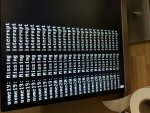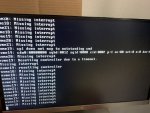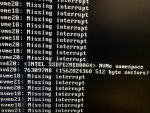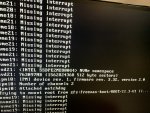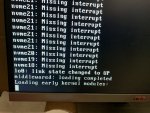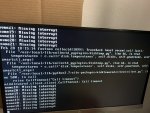Geek Baba
Explorer
- Joined
- Sep 2, 2011
- Messages
- 73
Hello! I built a all nvme freenas with the following specs in Sep 2019:
Really lost now as I have looked everywhere and patiently waited for 11.3 but looks like its something else, any help would be very appreciated.
PS: currently its running 16 disks and 2 vdevs and I have not seen any issues, I had to take the other 8 drives out otherwise it keeps throwing the errors and takes 30 mins or more to boot up.
- SuperServer 2028U-TN24R4T+
- SuperMicro X10DRU-i+
- 2 x Intel Xeon E5-2620 v3
- 384GB (24 x 16GB) 2RX4 PC4-2133P DDR4 MEMORY
- 24 x Intel DC P3600 SSD 800GB NVMe PCIe 3.0
Really lost now as I have looked everywhere and patiently waited for 11.3 but looks like its something else, any help would be very appreciated.
PS: currently its running 16 disks and 2 vdevs and I have not seen any issues, I had to take the other 8 drives out otherwise it keeps throwing the errors and takes 30 mins or more to boot up.
Attachments
Last edited:

